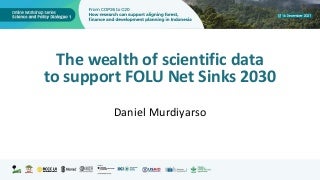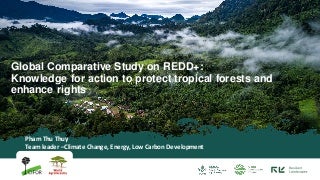Soil seed banks (SSBs) play a key role in the post-disturbance recruitment of many plant species. Seed bank diversity can be influenced by spatial and environmental variability and disturbance heterogeneity across the landscape. Understanding the recovery potential of native vegetation from SSBs is important for restoration and biodiversity conservation. Yet, in savanna-woodland, little is known about how SSBs vary in their germination, composition and density under different land uses, and how SSBs relate to aboveground vegetation (AGV). Using a sampling design based on the Land Degradation Surveillance Framework, we assessed the SSB and AGV in twelve 0.25?ha plots among sixteen in four contrasting land use systems of savanna-woodland in Burkina Faso: bushland, cultivated farmland, fallow and wetland. A total of 720 soil samples were taken from four stratified depths of 0–5?cm, >5–10?cm, >10–15?cm, and >15–20?cm. The SSB composition and richness was determined by the seedling emergence technique. Results showed that the SSB in all land uses was largely dominated by annual grasses with few perennial herbaceous and woody species. Seed density was highest in the fallow soil and highest in the upper soil layers for all land uses. A non-metric multidimensional scaling ordination of the SSB and AGV indicated that the SSBs were a poor reflection of the AGV. Based on these findings, spatial variations in landscape characteristics not only influence seed distribution and viability but also have the potential to influence population persistence. These results imply that successful restoration of fragmented ecosystems requires the addition of seeds and seedlings of target species.
Tag: ecology
- Home
- Contrasting land use systems influence soil seed bank composition and density in a rural landscape mosaic in West Africa











